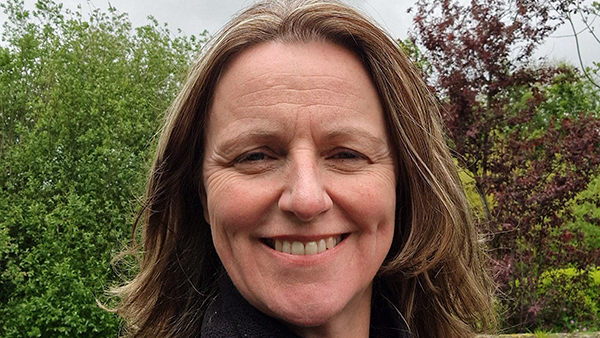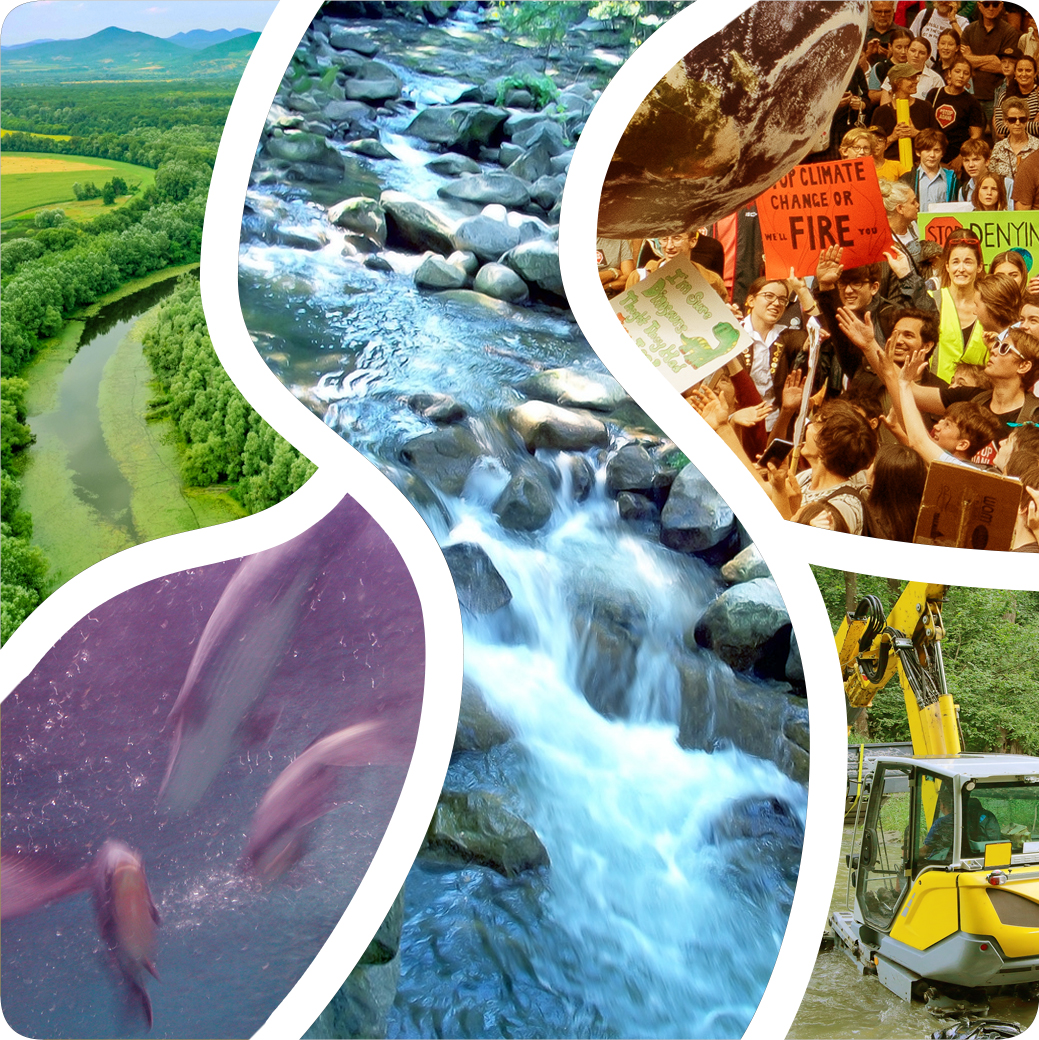Maggie Morrissey
Senior Community Water Officer
Local Authority Waters Programme
EC / PolicyMakers / Funders / Government

My Projects
- Key project facts
 A Rivers Trust for the Nore Catchment in the South East of Ireland, the catchment is 2,540 square Kilometers of predominantly agricultural land. I was the project leader from 2021 - 2023
A Rivers Trust for the Nore Catchment in the South East of Ireland, the catchment is 2,540 square Kilometers of predominantly agricultural land. I was the project leader from 2021 - 2023 Current Role with Local Authority Waters Programme LAWPRO – Managing the communities team in the South East of Ireland
Current Role with Local Authority Waters Programme LAWPRO – Managing the communities team in the South East of Ireland - What impact did these projects have on biodiversity, if any?
- A Rivers Trust for the Nore Catchment
Positive impact through awareness raising, education, citizen science, invasive species management and tree planting.
Engaged and aminated local communities, individuals, clubs and landowners in catchment wide Invasive species management ie Himalayan Balsam
Raising awareness of the importance of natural heritage in the catchment through events and media campaigns,
Working with farmers and volunteers and local business for tree planting project in an effort to demonstrate how collaboration works and establish cohesiveness.
- Managing the communities team in the South East of Ireland
Positive impacts included greater awareness, greater understanding and appreciation of collaborative working which is essential to improving biodiversity and water quality
- A Rivers Trust for the Nore Catchment
- What work challenges did you face and what approach did you take to solve them?
- A Rivers Trust for the Nore Catchment
Lack of funding and resources were issues. Sought funding from different sources and build resources. Engaged volunteers.
Communication was very important, tried to reach as many people as possible through social media, radio, newspapers, newsletters, working with other organizations
- Managing the communities team in the South East of Ireland
Working in a large geographical area with a variety of community groups with varying levels of skills, capacity and needs.
I learned to be flexible, to listen, to tailor support depending on group needs, value all projects regardless of size or impact.
What lessons learned are transferable to other places/projects?- A Rivers Trust for the Nore Catchment
Think strategically, work out the various elements required and build steadily.
- A Rivers Trust for the Nore Catchment
- Managing the communities team in the South East of Ireland
Good team work is invaluable, clear communication essential and having a strategy and but also a clear understating of the elements you need to achieve the objectives.
- A Rivers Trust for the Nore Catchment
- What is your biggest barrier and what are you trying to do about it?
Having available resources to reach all parts of a large area and ensure meaningful engagement has been a challenge.
I changed the dynamic in the team so that working together and supporting each other was given greater emphasis. This ensured greater knowledge sharing and learning within the team and also a better working environment.
My Focus and Approach
- Lessons Learnt - Some recommendations for others?
- What’s most important:
Bring People with you.
- Do this, not that:
Work together, not alone.
- Always start by:
Making a plan.
- What to do when things get difficult…:
Sit back, think through the options, seek advice.
- 5 simple steps to:
- Strategic Objective
- Plan
- Team
- Essential Elements
- Predicted and achieved Outcomes/Learnings
- What’s most important:
My Journey
- My journey:
I grew up on a farm and for as long as I remember I loved th natural world. I was inspired initially by my grandmother through gardening and then luckily encountered two nuns at school that encouraged me in science and biology. I went on to study Ecology in University College Cork.
My early career included agri-environmental work, Environmental Protection Agency and a number of years in the environmental section of a large engineering company. I was a stay at home mom for 11 years. It was challenging getting back into the environmental field after such a long absence, but I took an opportunity with Kilkenny Leader Partnership with a community development role. This lead to managing the Nore River Catchment Trust very successfully for a few years before joining LAWPRO in November 2023
- My Education:
- B.Sc Applied Ecology
- Dip Project Management
- The Big Change:
Increased understanding and awareness of our natural world.
Greater engagement and appreciation.
Improvements in biodiversity and water quality.
- Favourite part of the work I do:
Increasing people’s understanding of the natural world.
Seeing community groups develop, build capacity and deliver projects.
Seeing the benefits in the environment eg reduction of invasive species in the Nore catchment.
Experiencing the benefits of collaboration and strategic thinking.
Always having something new to work towards.
Interview
Key Topics:
Key Topics
These relate to specific topics (e.g. technical solutions; restoration activities etc.) addressed within the showcase materials.
- Biodiversity
- Water Quality
- Community Engagement
- Collaboration and Team Work
Prone2Success Factors Demonstrated:
Prone2Success Factors Demonstrated
These are the Prone2Success checklist factors which are highlighted within this showcase. More information on the Prone2Success checklist can be found here.
- Measurable goals to improve ecological status
- Measurable goals to improve ecosystem services
- Supports WFD, NRL and other restoration policy goals
- Communicate/engage with stakeholders from the outset
- Engage with the local community from the outset
- Ensure stakeholder understanding / education of restoration goals & benefits
- Demonstrate specific ecological improvements/legal compliance / communicating results during and after the project
NRL Restoration Categories:
NRL Restoration Categories
These are the restoration categories (listed under Annex VII of the European Nature Restoration Law (NRL) which are relevant to this showcase.
- [2] Improve hydrological conditions
- [5] Re-establish river meandering
- [6] Remove obsolete barriers
- [7] Re-naturalise river beds
- [8] Restore natural sedimentation
- [9] Establish riparian buffers
- [12] Assist migration of provenances and species
- [19] Stop or reduce the use of chemical pesticides / fertilisers
- [22] Improve connectivity across habitats
- [24] Remove / control invasive species
- [26] Restore fish spawning / nursery areas
- [32] Reduce pollution (chemicals, urban/industrial wastewater, litter, plastics)
Was this information useful?
No
Thank you for submitting feedback.
Click here to share your thoughts


